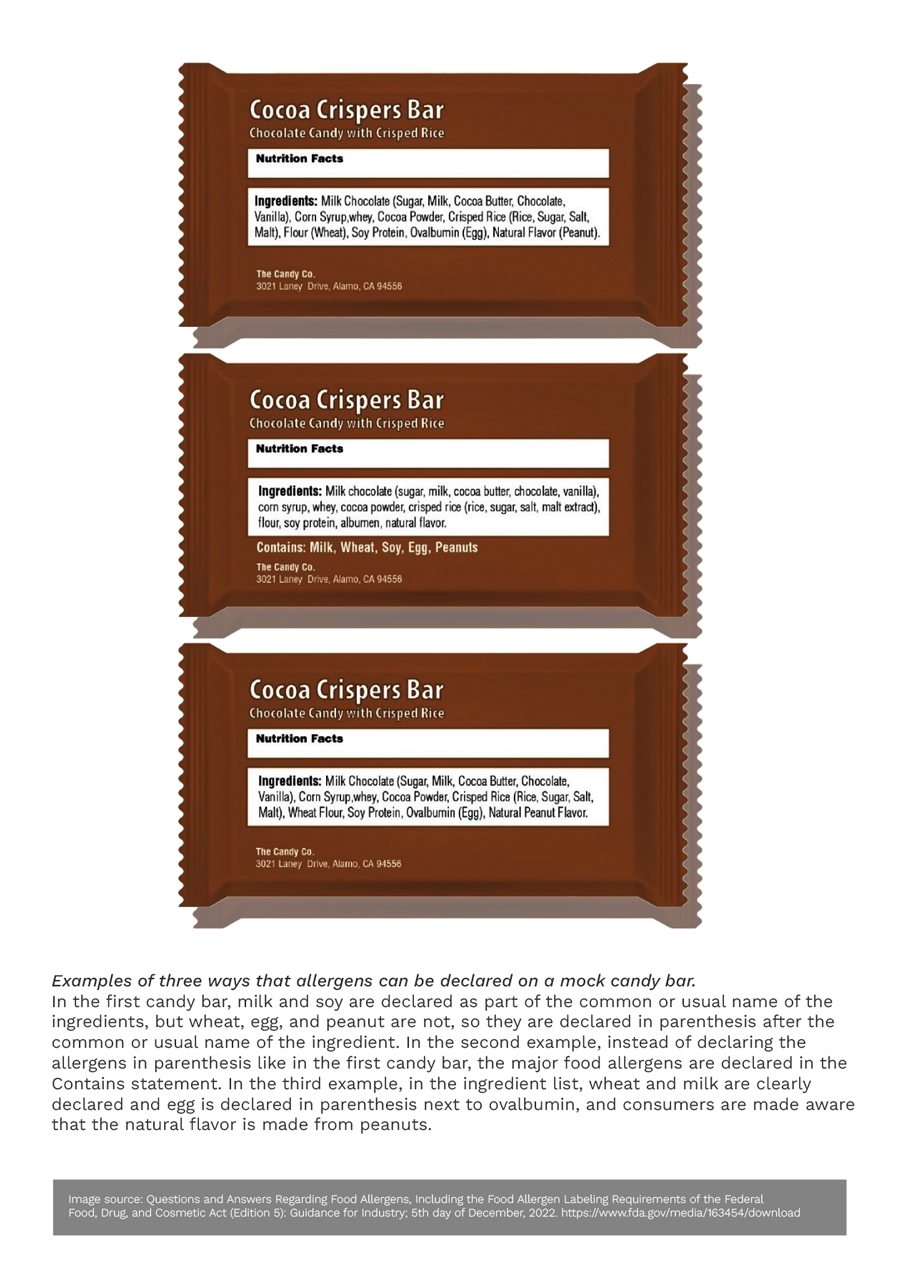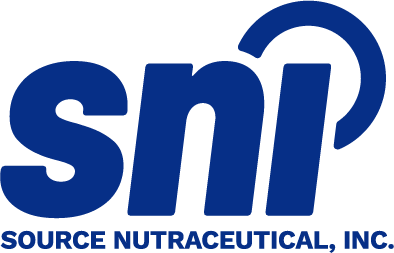In the spirit of bringing you the very latest regulatory updates, the Food and Drug Administration (FDA) recently issued updated guidance for food labelling, specifically allergens, in the U.S.
The guidance is abbreviated FALCPA, which stands for the Food Allergen Labeling Requirements of the Federal Food, Drug, and Cosmetic Act.
Once finalized, the guidance will serve as the current thinking of the FDA. From a regulatory perspective, this will inform recommended or suggested compliance in the industry.
This version is the 4th edition of a guidance document entitled, “Questions and Answers Regarding Food Allergens, Including the Food Allergen Labeling and Consumer Protection Act of 2004.”
In general, the key changes are revised questions and answers compared to earlier versions, and the inclusion of new questions.
By issuing updates, the FDA is seeking industry comments to determine what content will appear in the final guidance.
Revised Q&A Regarding Allergens
Below are select new questions and corresponding answers that did not appear in previous editions which industry should be aware of:
- A: Under section 201 (qq) of the FD&C Act, a “major food allergen” is one of the following foods, from one of the following food groups, or an ingredient that contains protein derived from one of the following:
- Foods: Milk, eggs, peanuts, wheat, soybeans, sesame (effective date January 1, 2023)
- Fish (such as bass, flounder, cod), crustacean shellfish (such as crab, lobster, shrimp), tree nuts (such as almonds, walnuts, pecans)
- A: In general, foods that are made from two or more ingredients must declare the common or usual name of each ingredient contained in the food (21 CFR 101.4(a)(1)). However, spice mixes may be declared simply as “spices” on the finished product label (21 CFR 101.4(b)(1) and 101.22(h) and section 403(i)(2) of the FD&C Act). If a major food allergen might be present as an incidental additive in the spice mix, you still must declare it as a major food allergen (section 403(w) of the Act). For the finished product, you could declare it parenthetically after the term “spice” in the ingredient list, or in a separate “Contains” statement, or both.
- A: The food source of a major food allergen must be declared either in the ingredient list or in a “Contains” statement printed immediately after, or adjacent to, the ingredient list (section 403(w)(1) of the FD&C Act). If the food source is declared in the ingredient list and a “Contains” statement is also used, then the food source of all of the major food allergens present in the food also are to be declared in the “Contains” statement, even if they are declared in the ingredient list (section 403(w)(1) of the FD&C Act).

The above section is just three of the multiple questions/answers covered in the guidance document.
Notably, if your product contains sesame, be aware that sesame is a major food allergen and should be labelled as of January 2023.
As a Food Brand, What is Most Important to Know?
Given the complexity and importance of allergen labelling for consumer health and safety, we recommend speaking with your regulatory team about your food label compliance.
At SNI, our team is well-versed in the U.S. regulatory landscape. We can help you decode what you need to do to keep your products up to date with these changes and protect your customers from allergy risk.
To learn how we can help, get in touch with us today!




